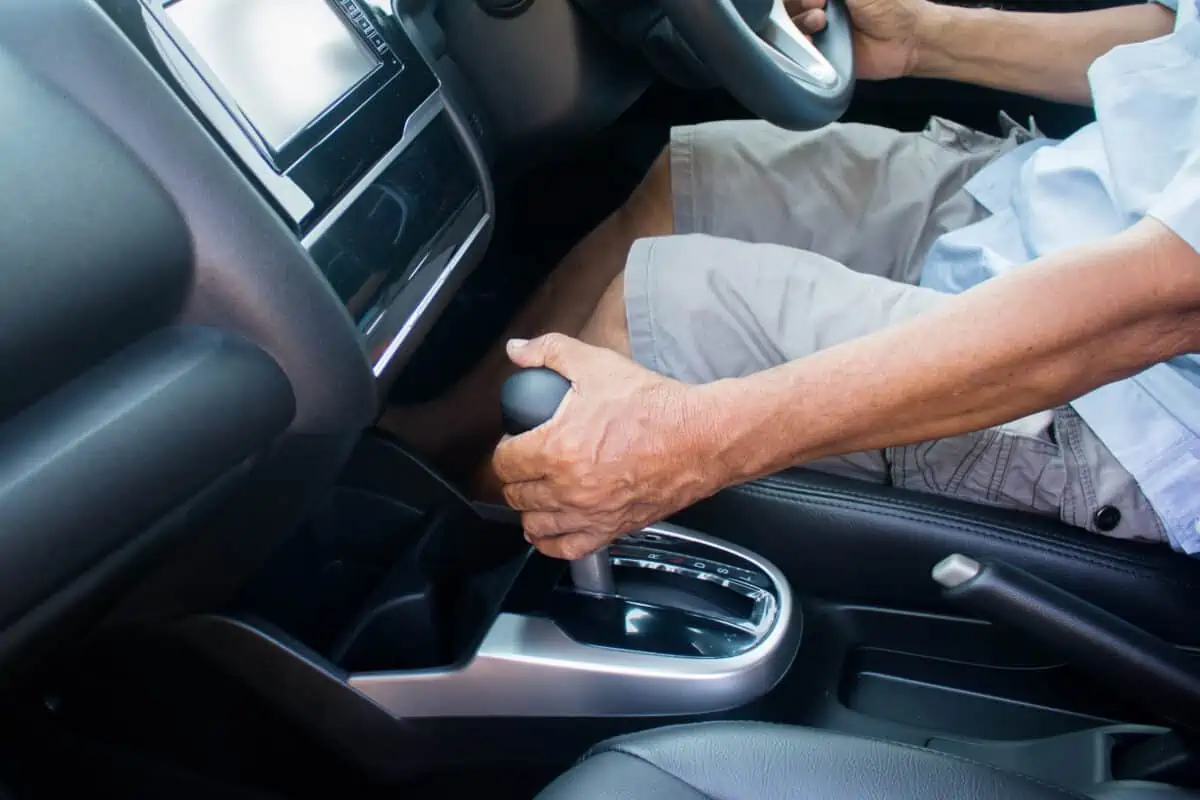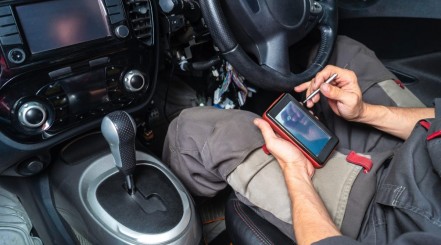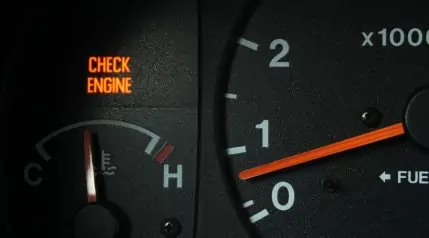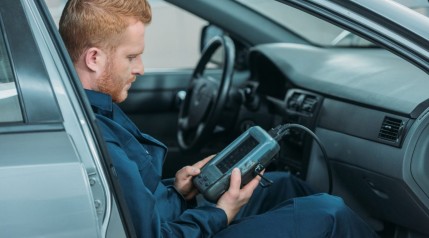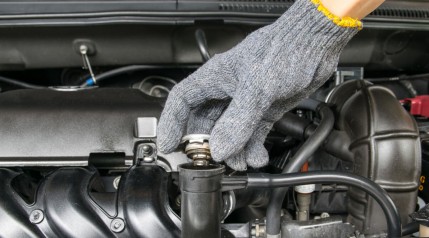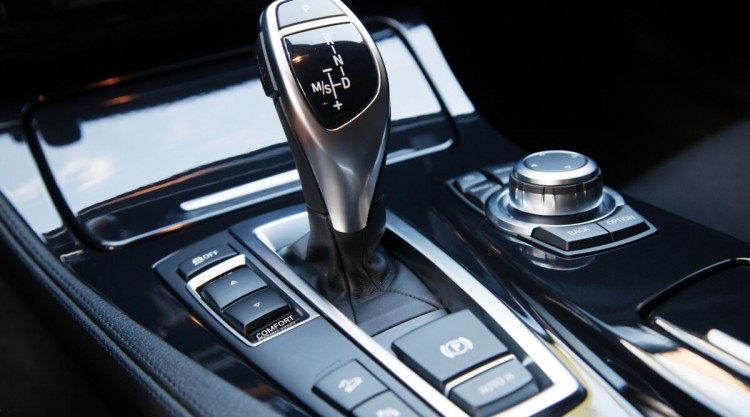
When buying a car, there are several things to consider. Do you want a truck, SUV, or a sedan? What’s your price range? What color? What specs? What manufacturer?
Certain aspects are negotiable, like sacrificing a few features you don’t need in favor of saving some money. Other stuff you might also be able to live with even though you aren’t in love with it, such as when purchasing a pre-owned vehicle with an interior that isn’t your favorite color.
A car’s transmission, though, is one of those things that can be a deal-breaker. Choosing a vehicle you aren’t comfortable with or can’t handle is not the best of ideas, since this can make driving tedious and even dangerous.
When it comes down to transmission, you have three choices: Automatic, manual, and CVT.
In this article, we’ll lay out all the facts you need to know about manual vs. automatic transmission. This will include the inner workings of each one, as well as the pros and cons that each has to offer.
By the time you’re finished reading, you’ll know all about the differences (and similarities) between them, as well as which one is more suitable for you.
Key Takeaways
- Choose manual… – …if you want more control, lower maintenance costs, a lower purchase price, and the ability to drive any car, anywhere.
- Choose automatic… – …if you’re happy to pay a little extra in return for an easier driving experience, have a disability, or anticipate driving in difficult conditions.
- Resale Value – It’s well worth noting that you might have a harder time selling a manual transmission car than an automatic, or may have to accept a lower price, when changing your vehicle.
Contents (Jump to Topic)
- 1 Key Takeaways
- 2 What Is a Manual Transmission?
- 3 What Are the Pros of Manual Transmission Cars?
- 4 What Are the Cons of Manual Transmissions?
- 5 What Is an Automatic Transmission?
- 6 What Are the Pros of Automatic Transmission?
- 7 What Are the Cons of Automatic Transmission?
- 8 What Are Gear Ratios?
- 9 Manual vs. Automatic Transmission: Wrapping it Up
What Is a Manual Transmission?
With manual cars (aka “stick shift” cars), you shift gears yourself by moving the gear stick and shift knob into different positions. Alongside the brake and accelerator pedals, there is a third, which is known as the clutch pedal.
You use a combination of the gear shift knob, gas pedal, and the clutch to drive. Movement can be smooth or bumpy, based on how well you handle these transitions.
Sidenote: If you have a manual car and want to add some personalization, check out our guide to some of the best shift knobs on the market.
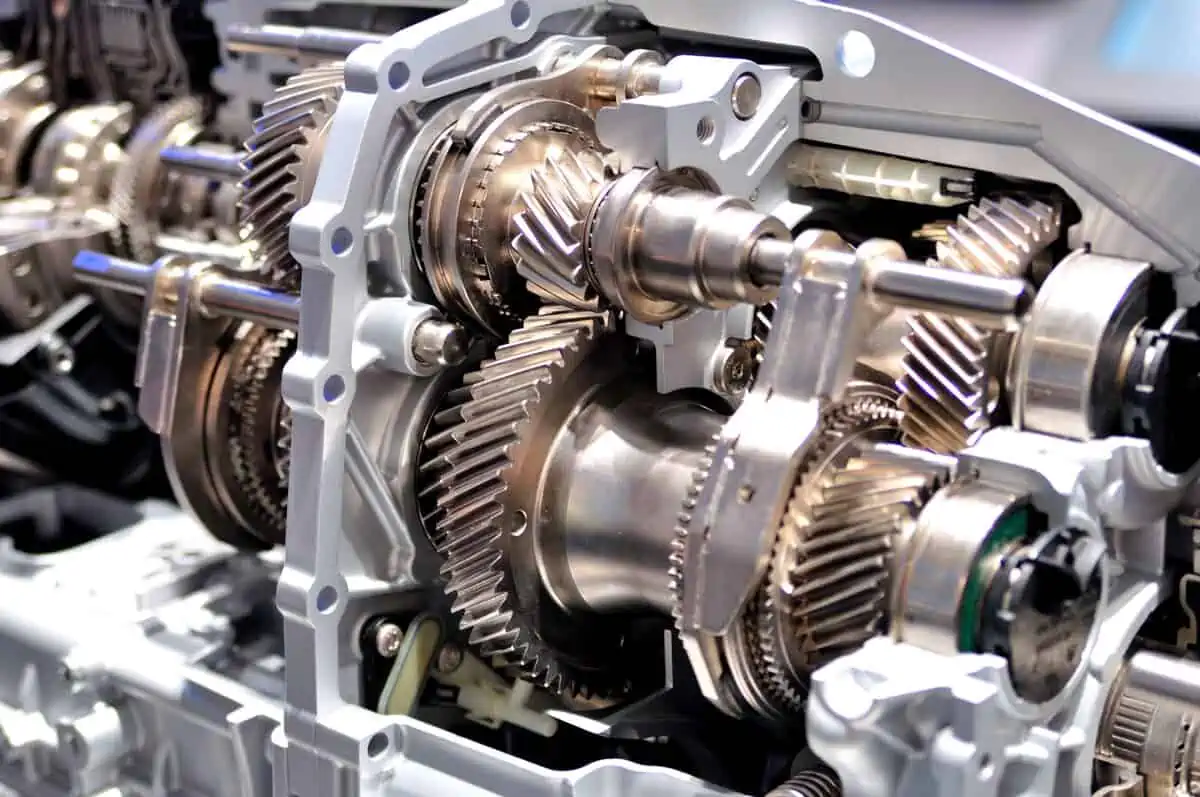
What Are the Pros of Manual Transmission Cars?
You may be thinking that this type of car sounds challenging to drive, but this isn’t the case for many people.
There are still many upsides you should know about when it comes to driving manual transmission vehicles, most notable of which being:
- Older models tend to be more fuel efficient.
- Lower purchase price.
- Hands-on control.
- Can enhance focus while driving.
- Reduced maintenance costs.
- Ability to drive any car, anywhere.
Older Models Tend to Be More Fuel Efficient
There was a time when automatic vehicles were relatively new and still evolving. They were less efficient, consuming more fuel than their manual counterparts.
If you’re specifically looking for a make and model of car that’s older, this may be worth considering.
Nowadays, both types are roughly the same in terms of fuel efficiency or fuel economy thanks to advances in technology.
Lower Purchase Price
Usually, you will find that the same model of car is less costly if it’s a manual.
Of course, this doesn’t apply to all manufacturers, but does with most.
Hands-On Control
Some manual drivers prefer to experience hands-on control while on the road.
This type of transmission is the ideal choice in this instance. When choosing manual, you’ll be directly involved every time you change gears; you make all the decisions.
Can Enhance Focus While Driving
There’s no doubt that focus is essential when driving. You can’t let your mind wander from the task at hand, or you’ll end up stalling your car, or – even worse – getting involved in an accident.
One study monitored the concentration levels of adolescents with ADHD while driving. The subjects reported that they paid more attention while operating a manual transmission vehicle.
Plus, their driving habits were safer than those who operated automatics.
Reduced Maintenance Costs
There’s a reason manual transmission vehicles are also known as standard shifts—they’ve been around for years. From a repair perspective, the system isn’t too complex. If the entire transmission needs replacing, it will be less expensive than with their automatic counterparts.
Ability to Drive Any Car, Anywhere
In Europe, manual vehicles are the clear winner. In 2012, only 2.6 million automatic cars were produced, as opposed to 11.6 million standard transmission vehicles. (In the US, roughly 1% of vehicles made each year are manuals, and most of these are sports cars or heavy-duty trucks).
Should you decide to travel or move abroad, keep this in mind. You will also find that renting a car tends to be easier: if automatics aren’t available, you’ll be able to manage and get by.
Besides, you have the advantage of being able to drive almost any vehicle out there.
Imagine you’re the passenger in a car where the driver needs a break or needs you to take over for emergency health reasons. As long as you’re covered by insurance, you can take over without a problem.
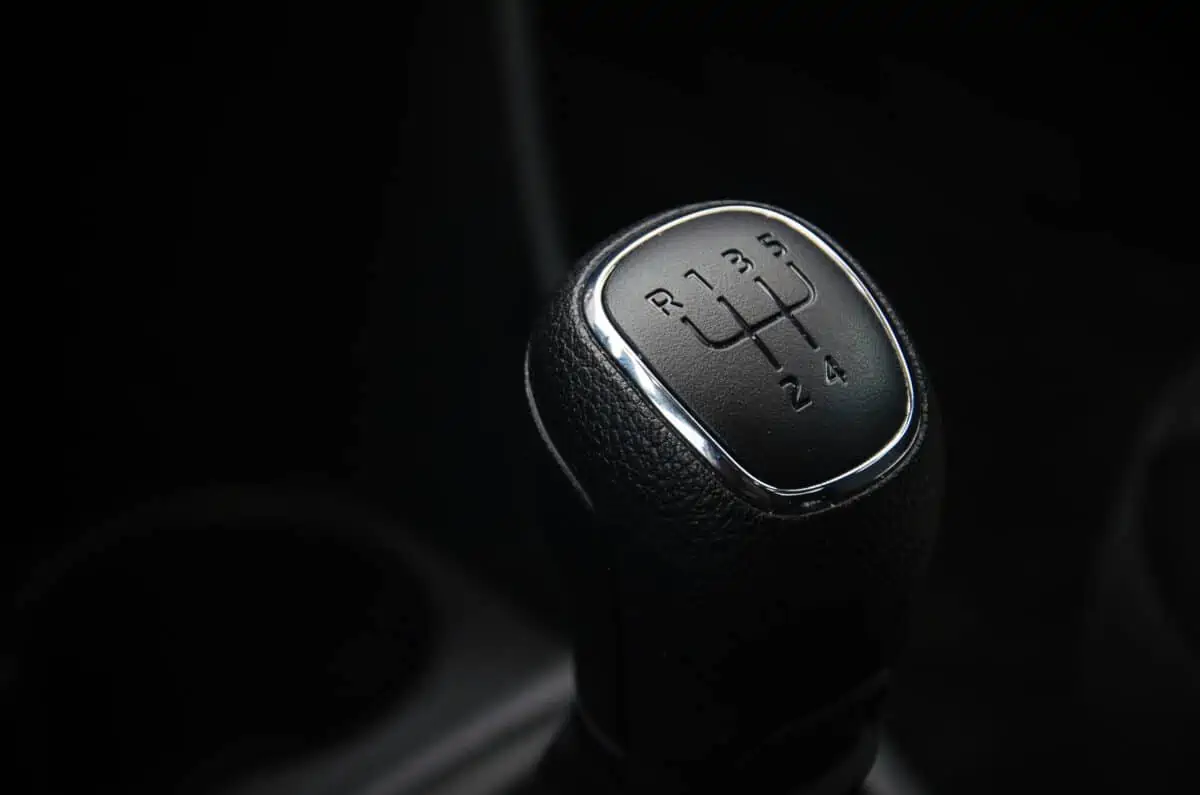
What Are the Cons of Manual Transmissions?
Despite the positives they have to offer, there are downsides to driving manual transmission vehicles, which is to be expected.
Despite the fact that controlling the vehicle requires constant attention and focus, the drawbacks are:
- More difficult to learn.
- Not disability-friendly.
- Risk of stalling.
- Effort-intensive for extreme driving conditions.
More Difficult to Learn
You have to learn to coordinate very well, releasing and engaging the clutch while working the gas. At the same time, you’re going to be shifting gears, handling the brake and accelerator, and steering.
There’s a balancing act involved in this, and it takes time to adapt to handling all these activities at once.
All that said and done, you may not master driving as quickly as you’d like.
Not Disability-Friendly
Individuals with physical impairments will find that these vehicles aren’t exactly disability friendly.
As a matter of fact, this problem is one of the main factors that prompted the invention of automatic cars.
It’s tricky to operate all three pedals if you have limited mobility in one or both legs. You need to keep one hand on the wheel at all times.
Switching gears one-handed leaves the car momentarily without a driver. Considering you’ll be changing your speed often as you drive, this can be very dangerous.
Risk of Stalling
When you’re starting out, stalling will likely happen frequently. This is a natural part of the learning process as you get used to working with the clutch.
Some people can brush off these incidents without an issue. For others, though, holding up traffic or taking too long to get your car moving in public might be too much stress to handle.
Effort-Intensive for Extreme Driving Conditions
Braking or changing gears means careful engagement and disengagement of the clutch.
Do you find yourself trapped in bumper-to-bumper traffic every day? Does the area you live in have a lot of slopes?
These conditions won’t allow you to sit back and relax. You’ll be obliged to keep one hand on the gearshift knob and your foot on the clutch almost constantly.
If this sounds frustrating or unbearable to you, a manual transmission car won’t be suitable for you, and you’ll be better off driving an automatic.
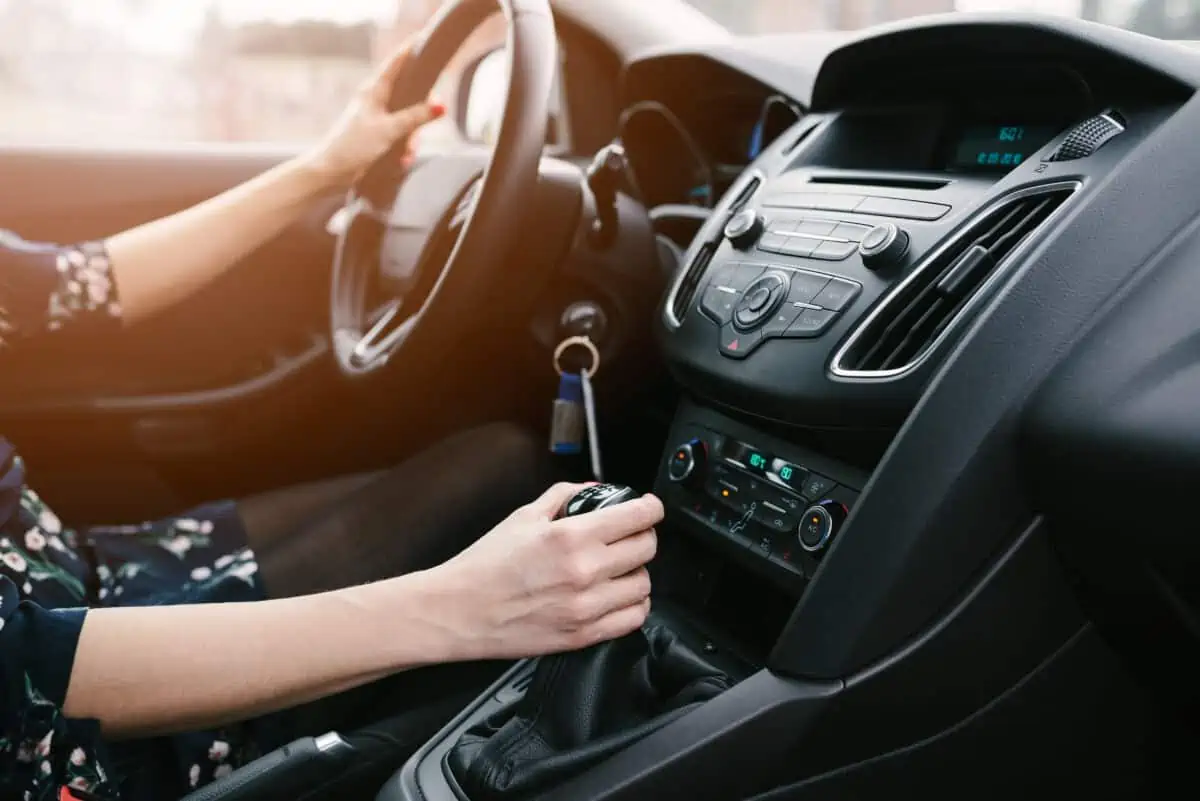
What Is an Automatic Transmission?
The description is in the name, really: These models do the bulk of the work for you, shifting gears as needed. Your only job is to handle steering, braking, and accelerating.
What Are the Pros of Automatic Transmission?
A few advantages of having automatic transmission technology in your vehicle are obvious; while some others you may not have thought about before.
The pros of driving an automatic are as follows:
- Easier to handle.
- Safer for less confident and senior drivers.
- Less likely to stall.
- Great for difficult driving conditions.
Easier to Learn
Automatics are undoubtedly easier to learn.
There’s less multitasking—all you have to do is get used to handling the car itself, and you should be good to go (as long as you know how to drive, of course).
Safer for Less Confident, Disabled and Senior Drivers
Some people never come to enjoy driving. There’s nothing wrong with that, but if this is your circumstance, why make things more difficult by having to work with a manual transmission?
On the same note, as we age, our physical abilities take a dip. Joint pain and stiffness, arthritis, and other related conditions can impact driving skills.
We’ll start to need all the help we can get, and it’s safer to drive an automatic car in these circumstances.
Disabled individuals will also find that automatics are infinitely easier to drive.
Less Likely to Stall
The risk of stalling is (almost) nonexistent if you’re driving an automatic.
Remember, the transmission is handling the gear changes for you, and it’s not the other way around. It’s much less likely to make a mistake than an inexperienced driver is when trying to operate a clutch.
Great for Difficult Driving Conditions
In stop-and-go traffic, you can let your mind drift off instead of keeping your hands and feet engaged at all times. Stopping and starting repeatedly won’t be as tiresome.
Uphill driving won’t be any different from going over flat ground—or at least, not for you. The transmission will be regulating everything for optimal torque and speed.
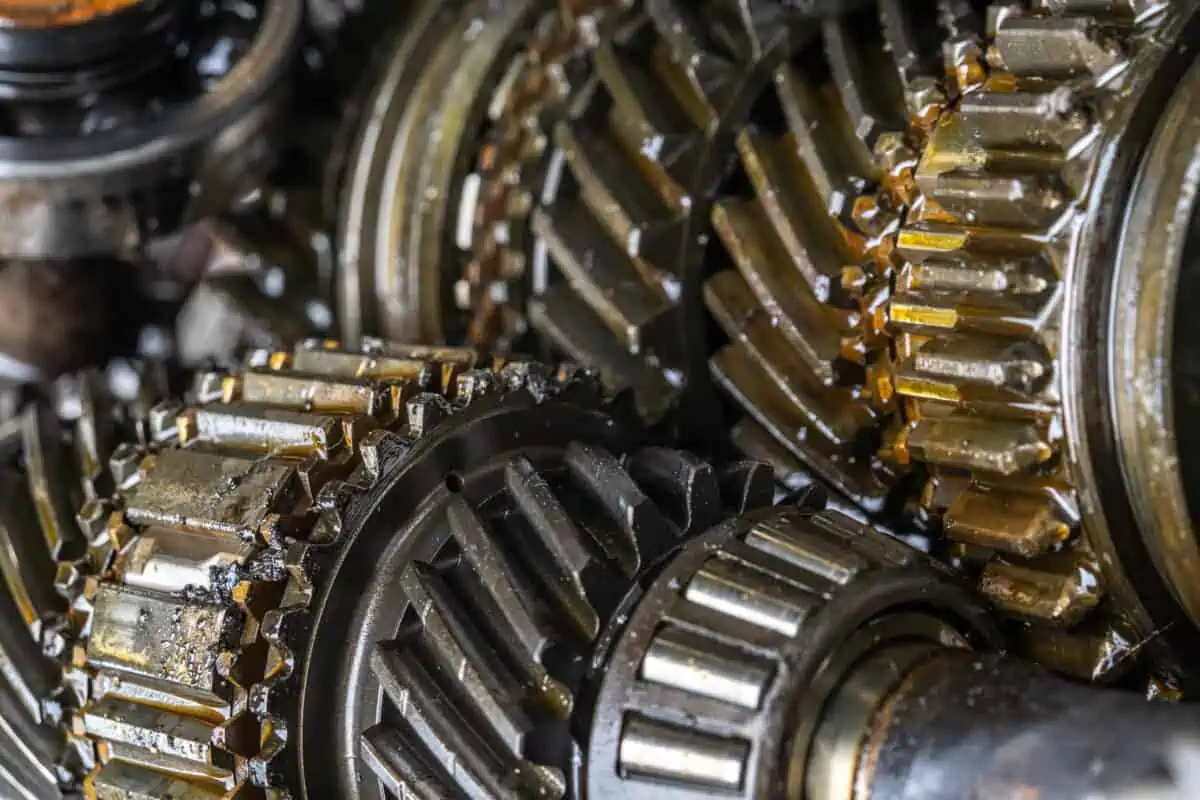
What Are the Cons of Automatic Transmission?
It’s not all butterflies and rainbows when driving automatics, though.
The downsides that you need to be aware of are:
- The purchase price can be higher.
- Older vehicles may be less fuel-conservative.
- Costlier maintenance if something breaks.
- Inability to drive manual transmissions.
Purchase Price Can Be Higher
Some car manufacturers may charge extra for the privilege of having an automatic transmission.
In some cases, your dream model may be out of your price range unless you opt for a manual.
Older Vehicles May Be Less Fuel Conservative
Don’t forget that this transmission type has undergone significant advancement over the years.
If you buy an older vehicle, it may not get great gas mileage.
Costlier Maintenance if Something Breaks
We only skimmed over the surface of how this transmission type works. However, you may have already noticed that it’s far more complicated than its manual counterpart.
This won’t bode well if something malfunctions or breaks down. Repairs and replacements will almost always be costlier.
Inability to Drive Manual Transmissions
Many people across the United States choose to learn and stick with automatic car transmissions.
Unfortunately, if you’re one of those people, chances are you won’t be able to handle a standard shift if the situation arises and you have absolutely no other choice.
When you travel to manual-friendly countries, renting a car could be troublesome. Automatics may be unavailable, or might cost more than you’re able to spend.
What Are Gear Ratios?
Gear ratios are the heart of the whole operation.
Inside the gearbox, there are multiple gears of varying sizes that move with each other. They’re kept lubricated by either oil or transmission fluid.
There are two types of gears: input and output. To calculate the ratio, you take the number of teeth from the output gear and divide it by the same figure for the input gear.
Let’s say an input unit has 20 teeth and the output has 10. The unit with fewer teeth must rotate twice to spin the larger unit once. So, the value of the ratio is 1:2. You’ll typically see this simplified to show how many times the smaller unit has to rotate: 0.5:1.
The ratios are dependent on the gear: for example, first, second, third, etc.
A typical automatic has neutral, park, forward, and reverse selectors. Changing between them is known as shifting gears. This is accomplished through the gearshift knob inside the cabin of your car.
When you’re in neutral and park, the drive wheels and engine are not connected. Forward selectors keep the wheels rotating at your speed of choice. If you switch to reverse, they spin backward. Lastly, shifting into park will lock your wheels in place so that they can’t turn.
With CVT (continuously variable transmission) vehicles, things work a little differently. These vehicles have just one gear that employs a belt-and-pulley system to transfer engine power to the car’s wheels. This single gear, however, boasts an infinite gradient of ratios.
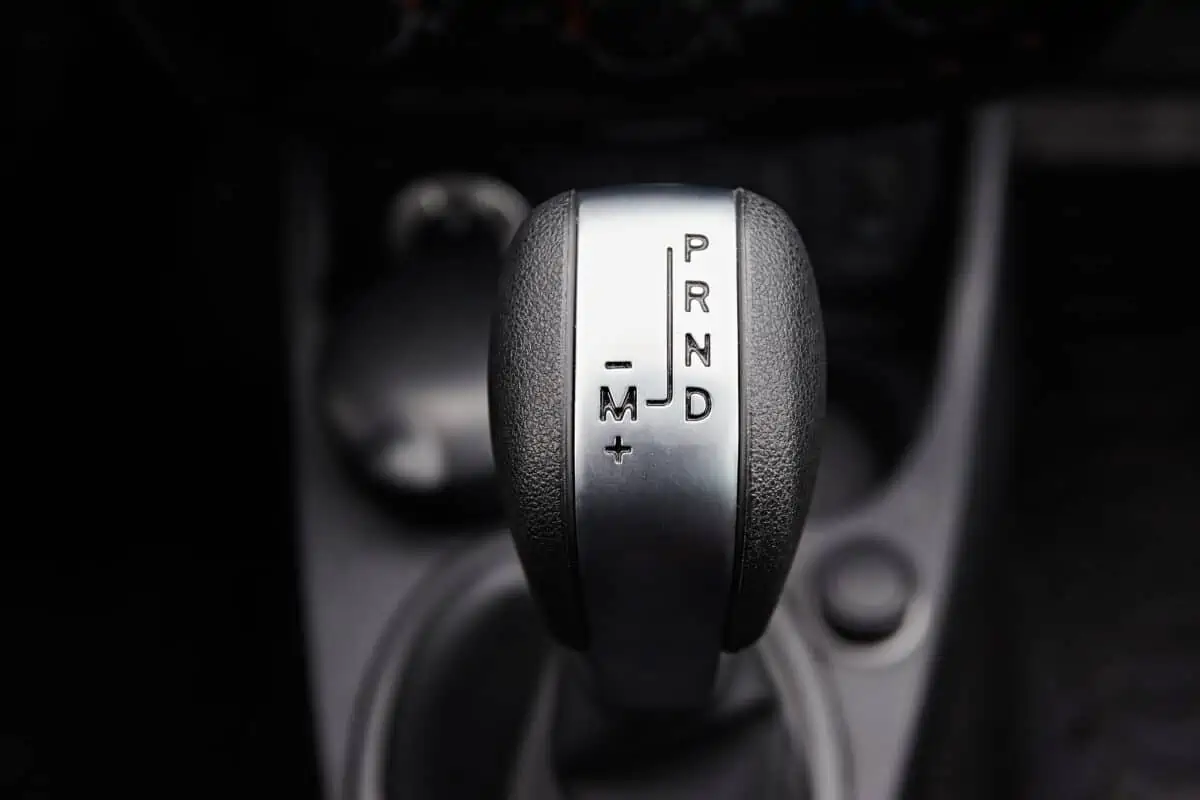
Manual vs. Automatic Transmission: Wrapping it Up
If you’ve made it this far, you now know everything you need to know to help you choose between a manual or an automatic transmission in the next car you buy.
One is not necessarily worse or better; at the end of the day, it varies based on your specific needs and what works best for you.
Drivers who want to have as much control over their vehicles and enjoy a challenge may prefer to operate manual transmission vehicles. On the other hand, those of you who want a car that does most of the work for you will most probably prefer to operate an automatic transmission vehicle.
Regardless of which of the two you end up choosing, we believe it’s extremely important for everyone to at least learn how to drive a manual transmission vehicle. You never know when you’ll need to do this because you have no other choice in the middle of an emergency, and if you’re not prepared for it, you’ll be in trouble.
Let us know if and why you prefer manual or automatic transmission vehicles by commenting below!
